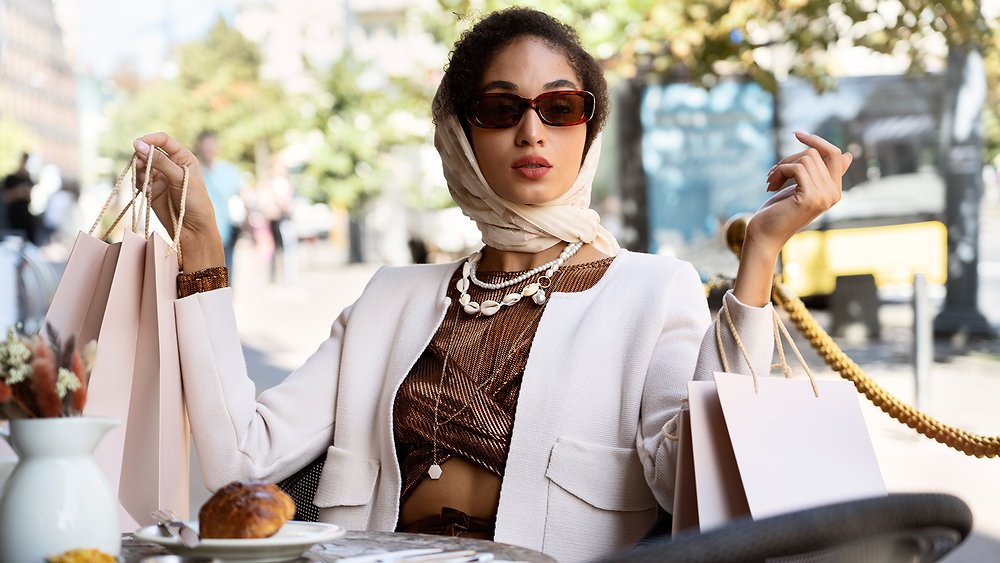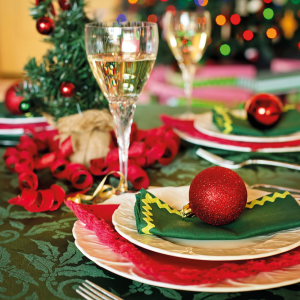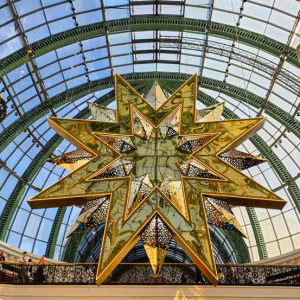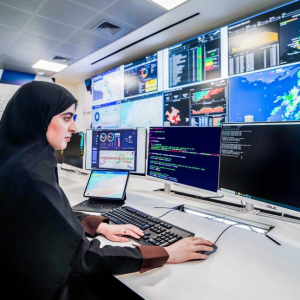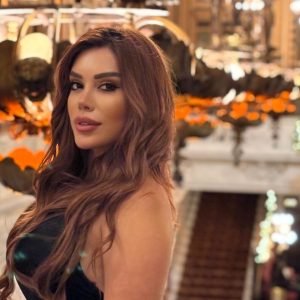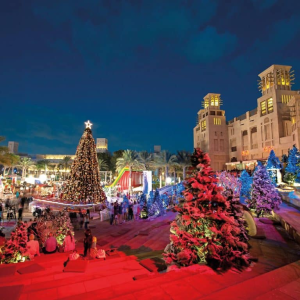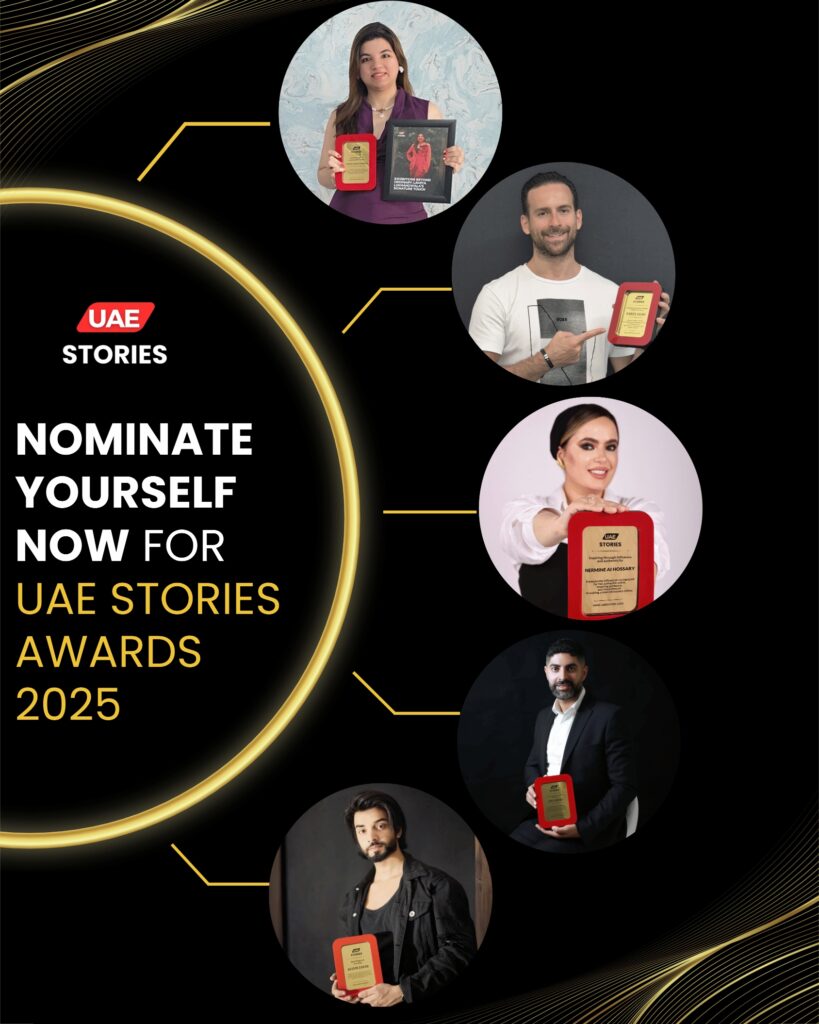In the UAE, fashion is more than fabric and flair—it’s an identity statement, a cultural celebration, and increasingly, a blend of East-meets-West elegance. As cities like Dubai and Abu Dhabi rise as global fashion capitals, the influence of international luxury brands on local style has become unmistakable. But this relationship isn’t one-way.
Today, Emirati fashion is not only shaped by big-name houses like Chanel, Dior, and Gucci—it’s also redefining what luxury means in a region rooted in tradition but obsessed with innovation.
From traditional abayas reimagined by haute couture designers to Emirati influencers walking front rows at Paris Fashion Week, here’s how global luxury is shaping local fashion—and how the UAE is returning the favor.

The Rise of the UAE as a Luxury Hub
In just a few decades, the UAE has gone from desert towns to a fashion powerhouse. Dubai is now home to flagship stores, luxury malls like The Dubai Mall and Mall of the Emirates, and fashion-forward districts such as City Walk and Dubai Design District (d3).
Luxury brands have found the UAE irresistible because:
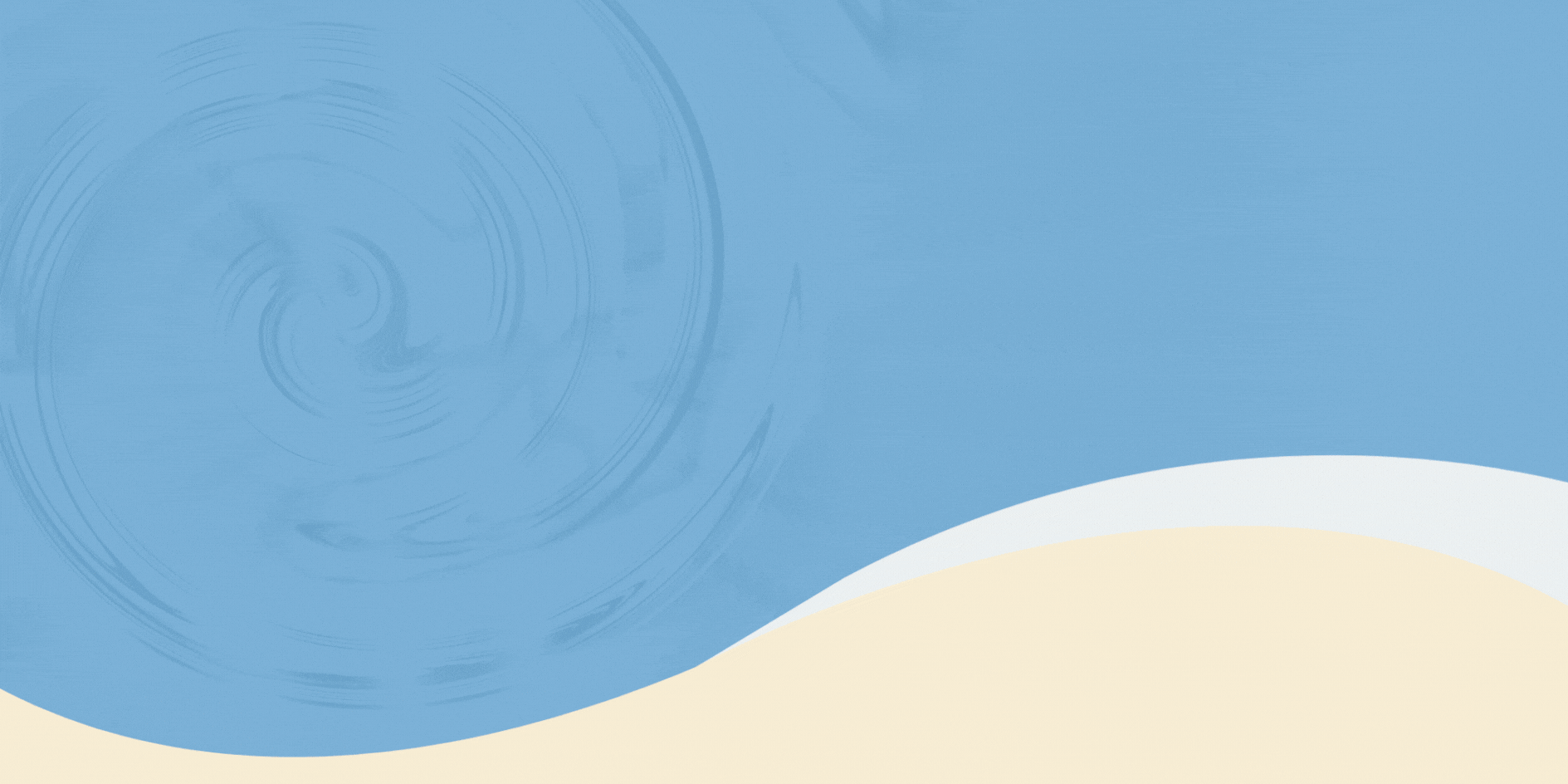
- It’s one of the world’s highest per capita spenders on fashion
- There’s a young, brand-conscious population
- The local aesthetic leans into modest yet statement-making fashion
- Tourism and expatriate communities keep the demand global
And with Abu Dhabi hosting Louvre-inspired cultural hubs and Dubai hosting *Fashion Forward, **Arab Fashion Week, and **Sole DXB, luxury brands are no longer just selling—they’re participating in the region’s *cultural narrative.
When Abayas Meet Armani: Cultural Influence on High Fashion
Perhaps the most beautiful part of this fashion story is the *fusion of luxury with tradition. High-end designers are now **drawing inspiration from traditional Emirati attire, particularly the *abaya and kandura, and turning it into something new.
In recent years, we’ve seen:
- Dior’s Cruise Collection featuring kaftans and Middle Eastern silhouettes
- Valentino’s modest fashion lines tailored for Ramadan and Eid
- Dolce & Gabbana’s hijab and abaya collections targeted toward the Gulf
- Chanel pop-ups in Dubai incorporating regional art and embroidery
These are not token gestures. They’re a nod to regional elegance, and a recognition that Emirati fashion—with its flowing lines, luxurious fabrics, and eye for detail—is a global aesthetic force

Emirati Women: Setting the Style Standard
The luxury fashion world has also fallen in love with the *stylish, confident Emirati woman—and for good reason. Emirati women have mastered the art of *blending modesty with modernity.
You’ll see it in how they:
- Layer an embroidered abaya over a Balenciaga power suit
- Pair a Chanel bag with custom sandals from a local artisan
- Accessorize with statement sunglasses, oud perfumes, and stacked Cartier bangles
These women are not simply following trends—they’re defining them. And social media has amplified their style influence far beyond the Gulf.
Fashion influencers like Latifa Al Shamsi, Fatima Almomen, and Tamara Al Gabbani have become household names, partnering with global luxury houses and bridging cultural gaps with grace and glamour.
The Power of the Pop-Up
To tap deeper into the UAE market, global brands have shifted strategies from just retail to experience-driven engagement.
- Fendi hosted a desert-inspired installation in Dubai
- Louis Vuitton created immersive pop-up boutiques featuring local art
- Hermès launched limited collections tied to UAE National Day
- Prada Mode hosted an exclusive art club at ICD Brookfield Place
These experiences speak the language of UAE sophistication and exclusivity, offering more than products—they deliver lifestyle and cultural integration.
Influence Flowing in Reverse: Local Designers on the World Stage
As much as luxury brands are influencing UAE fashion, local Emirati designers are now influencing luxury fashion.
Designers like:
- Huda Al Nuaimi with her luxe accessories and playful embroidery
- Khalid Al Qasimi, who fused urban London style with Emirati identity
- Hessa Al Falasi, a favorite for high-end, modern abayas
- Yasmin Al Mulla, whose minimalist creations appeal to global audiences
These creatives are now presenting collections in international fashion weeks, being stocked in high-end boutiques abroad, and collaborating with international labels on limited editions.
The message is clear: Emirati is export-worthy—not just culturally rich, but commercially relevant.
Luxury with Local Flavor: Customization and Exclusivity
One big reason why luxury thrives in the UAE? The regional preference for custom, unique pieces. Whether it’s personalized monograms, exclusive Ramadan capsules, or limited Gulf-only editions, the market values:
- Exclusivity: What you wear says something about who you are
- Personalization: Pieces tailored to identity, occasion, and heritage
- Storytelling: Every stitch matters, and every detail tells a tale
Luxury brands have leaned into this by offering bespoke experiences, made-to-measure services, and even calligraphy personalization on bags, scarves, and shoes.

Final Thread: A Cultural Collab, Not a Copy
The story of global luxury and UAE fashion isn’t one of copy-paste—it’s a collaborative dialogue. It’s where the precision of Paris meets the poetry of the desert. Where Milan’s runways shake hands with the sands of Liwa. It’s fashion in conversation with culture.
What emerges is something entirely new: a style that’s confident, contemporary, and deeply rooted in identity.
So whether you’re slipping into a Valentino jalabiya or discovering a homegrown label at a pop-up in Alserkal Avenue, remember this: in the UAE, luxury doesn’t just follow trends—it sets them, with purpose and pride.
Follow us on Instagram: UAE STORIES
Inside Dubai’s Bold Street Art Movement and the Rise of Urban Culture in the Desert

